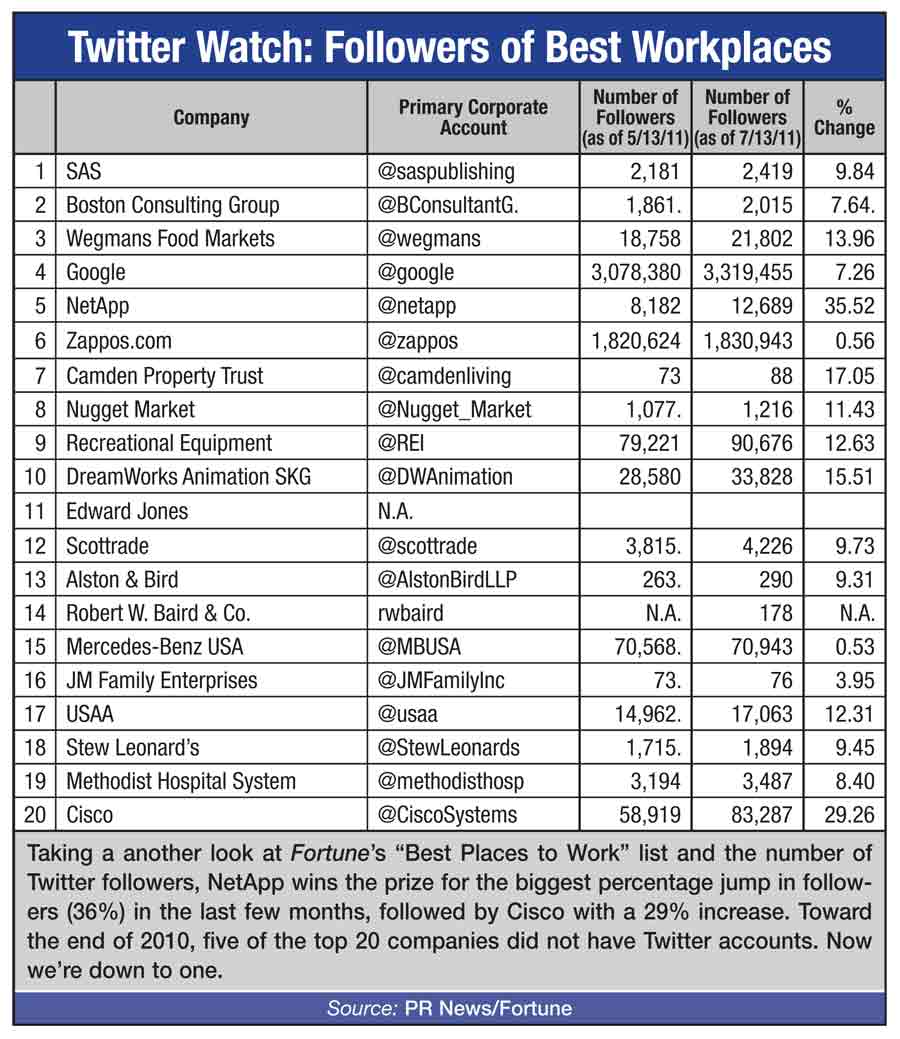â–¶ In the Black: Corporate Responsibility Magazine announced its annual Black List, the Russell 1000 large-cap companies that tie for the bottom ranking in transparency and corporate citizenship.
The list features 58 dimly lit companies, representing American brands such as DreamWorks, NASDAQ and Madison Square Garden Inc. The rank is based on an audit of 100% publicly available data in seven categories.
The report showed that, while the 100 Best companies often feature 250 data points of transparency in publicly available places, The Black List companies reveal nothing—zero items—about their practices in environment, climate change, human rights, philanthropy, employee relations, financial performance and governance. Other findings:
• The financial industry was most represented on The Black List. Companies from that sector accounted for 32 of the list’s members, or more than half.
• Next most common was the energy sector at 12% of the total, followed by consumer items and health care, at 10% each.
Source: Corporate Responsibility Magazine
 |
â–¶ Delivered, But Not Opened: According to the 2009-2010 Harte-Hanks Postfuture Index, e-mail open rates declined to an average of 17% in 2010, down from 26% in 2009. The report examined metrics for more than 2.8 billion e-mail messages sent by about 100 companies in nine vertical industries. Findings showed that delivery rates increased to 95% last year, up from 93% in 2009.
Also, click rates were steady at 3%, unsubscribe rates dropped from 0.32% to 0.19% and bounce rates declined from 7% to 5%.
In general, there was an improvement in bounce and unsubscribe rates from 2009 to 2010 as marketers improved the quality of their mailing lists.
The pharmaceutical and government sectors had the highest open rates, with both topping 25%, while the technology industry had the lowest open rate at just above 5%.
In 2010, retail continued to enjoy one of the highest delivery rates (over 98%), while the automotive industry had the lowest delivery rate (90%). Interestingly, the insurance industry’s open rates dropped from 68% to 25%.
However, this is still considered very good as the change was due to e-mail programs shifting from customer-service for current clients to promotional efforts.
As the company Harte-Hanks explains, “Changing patterns in use of text and imagery... is having an impact on open rates, without necessarily having an impact on response.” Other reasons for the changes include:
• Recipients’ continued hesitation to view images, which records the open action.
• Increased use of mobile phones to view e-mail, some of which may not record the reader’s activity.
• Marketers are continuing to mail to non-responders, distorting their actual open and click rates.
Source: Harte-Hanks
